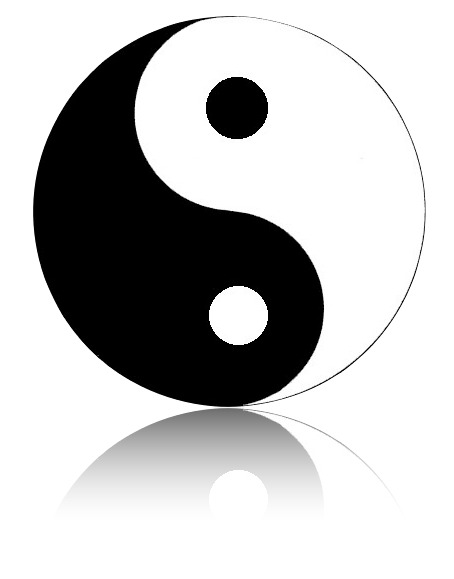Work in Japan Advice Board


- Jobs in Japan @ Daijob.com
- Lessons in Life Balance
Creative Career Path
Lessons in Life Balance2013.09.03
The common word for it is Work-Life Balance, the challenge and stress of giving proper attention and time to both work and family. Part of the challenge is that every individual’s situation is unique. No one pattern fits all.
Sometimes the stress is generated not so much by the situation, as by the person’s thoughts and attitudes in responding to it. Particularly stressful is the effort to do give equal attention or equal time to everything. This cannot be done, though you can work yourself into a frenzy trying.

The juggling pattern
When you attempt to juggle the elements with anything other than flexible focus, you tend to drop all of the balls. Juggling is an excellent metaphor for Life Balance, as taught by Michael J. Gelb in his book, More Balls than Hands: Juggling Your Way to Success by Learning to Love Your Mistakes. A good juggler can easily juggle 3 balls with two hands, and a professional can juggle 4 or even 5 balls. However, in life we must juggle far more factors than this, in eight fields of life: health, business, finances, home, society, personal, study, and leisure. This is our challenge.
And yet think about how many things are juggled already in perfect balance without any effort or interference on our part! Your breathing, blood circulation, digestion, sleeping cycles, a vast number of habits and actions we perform without conscious thought or effort. And in the greater scheme of things, the coming and going of the seasons and cycles of nature, the movement of the sun, the moon, and the stars, all of these things are juggled by forces beyond our imagination or control. There is peace of mind in appreciating the process.
A better understanding of balance
A simplistic view of balance is that of equal weights on a scale, like the scales of Lady Justice, dating from ancient Greek and Roman times. While this may be the goal of common law, it is precisely the effort to make everything equal which confounds us in the process of Life Balance. The process is far too dynamic to be able to measure in this way.
Nor is it a matter of trying to please everybody, or do everything. In Japanese, the wordhapp bijin (八方美人) refers to a person who smiles equally insincerely to everybody. Politicians sometimes fall into this trap, promising all things to all people, and delivering on none.
What metaphors then can help us gain a better understanding of balance, one which is both beautiful and practical? The core metaphor for the Mandala Chart is the zoom lens of flexible focus, through which you can see the big picture, the small detail, and the connections all at once.
Another metaphor which illustrates the process in an appealing manner is that in the art of Alexander Calder (1989~1976), inventor of the mobile and a pioneer in the art of moving sculpture. It is best if you can see a Calder mobile up close, but there are plenty of Calder art images online to give you the idea. In addition to being asymmetrical and 3-dimensional, they are in constant motion.
“Each element able to move, to stir, to oscillate, to come and go in its relationships with the other elements in its universe. It must not be just a fleeting moment but a physical bond between the varying events in life.”
~Alexander Calder
It would be hard to find a better poetic description of flexible focus.
Soft focus and a calm center
At the end of the day, what really makes for Life Balance is not how you juggle the parts, but whether or not you maintain a calm center. It is in the central frame of the Mandala Chart, the seat of meditation, where you free yourself from the distraction of forces pulling from the outside, yet maintain your awareness and control. You can see it in the eyes of a Buddha statue, soft focus which is all seeing.
In addition to meditation, you can cultivate flexible focus by calm and deep breathing, such as done in the slow movements of Tai Chi Chuan. A compelling image used in this art is that the number of breaths you draw in your lifetime is fixed. Hence calm and deep breathing leads to long life, while quick and shallow breaths can shorten your life. So what is your hurry?
William Reed SEMINARS & COACHING: http://www.emcquest.com WEBSITE: http://www.williamreed.jp WEB TV: http://williamreed.tv NANBA: http://www.nanbanote.com iPAD CREATORS CLUB: http://ipadcreatorsclub.com
Article Writer
William Reed is a renowned author-speaker who coaches physical finesse and flexible focus for a creative career path. A certified Master Trainer in Guerrilla Marketing and 7th-dan in Aikido, he combines practical wisdom of East and West to help you learn personal branding at the Entrepreneurs Creative Edge.
Similar Articles
- 2015.08.04A Comparison between Western and Asian D...
- 2015.07.28Being an Effective Communicator
- 2015.07.21Making Your Presentation Interactive




